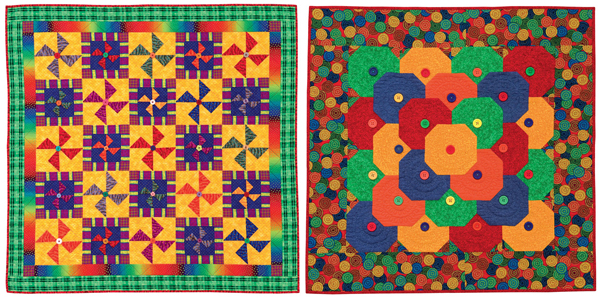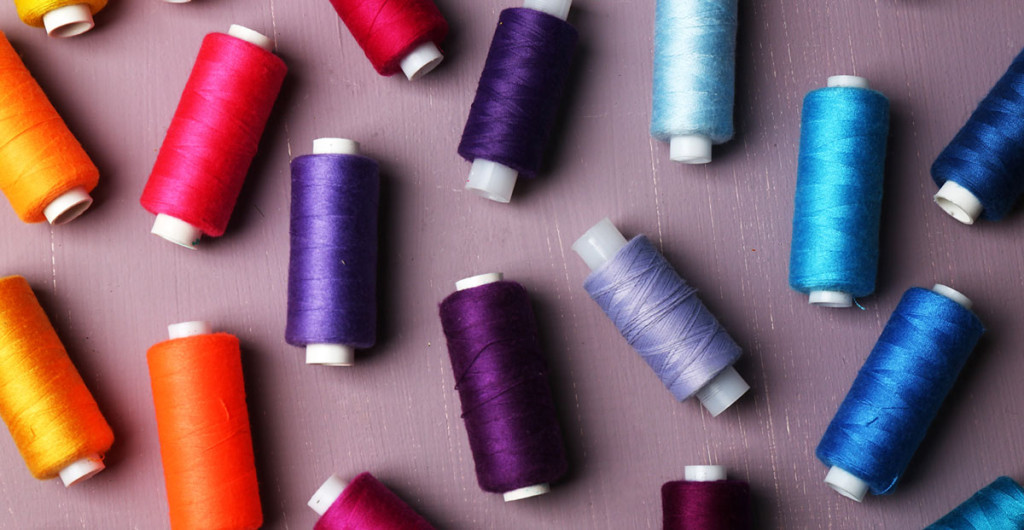The Essentials Of Washing Quilt Fabrics
 While a majority of the quilters opt to wash their material before processing, some make use of the garment as such. Several advantages and disadvantages come along with the process. At certain situations, it is essential to wash your quilting fabric to prevent significant loss. When you have to dye, it is necessary to clean the material to clear the chemicals. The rinsed fabric absorbs the dyes better. If the quilt is going to be offered to a child, then it must be cleaned compulsorily. Washing protects the sensitive skin of your baby from various chemical residues.
While a majority of the quilters opt to wash their material before processing, some make use of the garment as such. Several advantages and disadvantages come along with the process. At certain situations, it is essential to wash your quilting fabric to prevent significant loss. When you have to dye, it is necessary to clean the material to clear the chemicals. The rinsed fabric absorbs the dyes better. If the quilt is going to be offered to a child, then it must be cleaned compulsorily. Washing protects the sensitive skin of your baby from various chemical residues.
It is important to wash the quilt if you have succumbed to skin allergies previously. Rinse the fabric before processing and cutting to prevent irritation from chemical dyes. Washing the quilt garment before quilting contributes to less shrinkage in the finished piece. If you use brightly colored quilt fabrics, rinsing can reduce the number of color bleeds. Certain materials such as fusible batting require prewashing for a better result. If you make quilted clothes, it is essential that you wash the garment to retain its size after several washes. So, here are a few important pointers to enable you to clean your quilt fabric with that extra care.
It is crucial to prepare the raw edges of the fabric as it has a tendency to fray. Keeping the shrinkage quotient in mind, make sure to buy that extra 10 percent fabric to compensate for the loss. In general, flannels are more prone to shrinkage. Quilt fabric made of high-quality cotton shrinks less when compared to the inferior ones. If you suspect a color bleed during the wash, make sure to neutralize it by way of adding color catchers. Never rinse pre-cut quilts as they cannot retain their original size after a wash. As always, wash the like-colored quilt fabrics together.
Read More:Jenna’s Rachet Fashion Boutique

 Are you quilting for the first time? Are you worried about selecting a right fabric for your quilting project? Now put an end to your worries and read through these effective ways to make an ideal choice. There are an array of quilt patterns and colors to suit your design. Prepare a list of your favorite fabrics. While there are different varieties of quilt fabrics ranging from cotton to poly-cotton, wool to silk and much more, make sure to choose one based on your requirements. Selecting the garment is a significant step as opting for quilt colors and designs revolves around your initial choice.
Are you quilting for the first time? Are you worried about selecting a right fabric for your quilting project? Now put an end to your worries and read through these effective ways to make an ideal choice. There are an array of quilt patterns and colors to suit your design. Prepare a list of your favorite fabrics. While there are different varieties of quilt fabrics ranging from cotton to poly-cotton, wool to silk and much more, make sure to choose one based on your requirements. Selecting the garment is a significant step as opting for quilt colors and designs revolves around your initial choice.